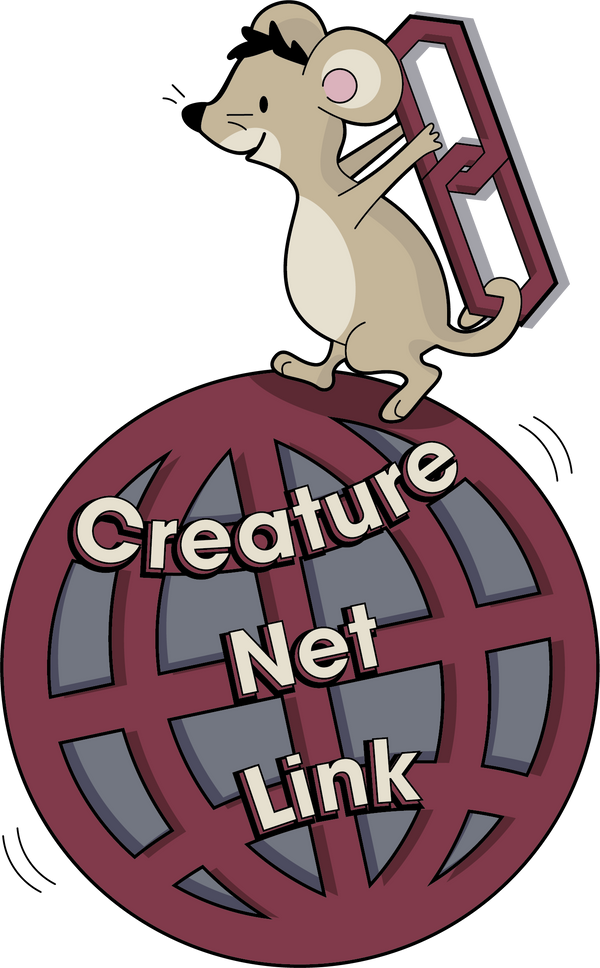
Hip dysplasia
Share
Hip dysplasia is a common and frequent condition occurring in basically all size and breed of dogs (sometimes even cats). Traditionally thought to be a mostly a German Shepherd problem, but this is wildly incorrect. Any size dogs can be affected, even small ones, although more often seen in the larger individuals. It is a multifactorial condition which is caused and influenced by a number of factors. Genetics play a very large role as it is passed on to progeny by parents or grandparents. Early puppyhood, incorrect nutrition causing rapid growth and environmental conditions, like excessive exercise, slippery floors and uncurbed weight gain will commute to precipitating the disease.
 |
The hip joint is essentially a ball and socket mechanism. The 'ball' is the head of the femur which, ideally, should fit into the hip 'socket' in a close-fitting manner. With hip dysplasia the femur head is loose to various degrees. It can be slight or cause total luxation. This loose joint configuration leads to chronic inflammation and pain. Over time, the body tries to compensate by forming arthritis, to stabilize the joint.
Symptoms:
The below signs are symptoms seen with various degrees of hip dysplasia. One or more, at different intensities should alert one to a potential hip problem.
- Limping, intermittent at first. Can be difficult to notice if condition is bilateral.
- Difficulty standing up from a lying down position.
- Bunny hopping with the hind legs when running.
- Loss of muscle mass of affected hind leg/legs.
- Overdeveloped lower back muscles due to waddling motion to avoid using hips.
- Out of character aggression toward family members, human and animal alike. This is a pain reaction and an attempt to keep everybody away.
Diagnosis:
A thorough clinical examination and radiographs will confirm the diagnosis. A relatively simple way to evaluate the magnitude and condition of the hip joints and make the best possible management plan for the patient.
Below is an x-ray of a young 11 month old dog with severe hip dysplasia. Note the malformation of the femur heads

Surgical options:
1. Full hip replacement -This is a major, surgical intervention whereby a new ball and socket is inserted in place of the 'old' non-functional one. Both hips can be done at an appropriate interval to allow for healing. Being a specialist orthopaedic procedure it must be done at an orthopaedic referral centre. This is a good option for the younger candidate. Unfortunately, the older ones, which are often affected, are not great candidates for these operations
2. Femoral head and neck osteotomy - This is a much simpler surgical procedure that can be performed by your normal vet. It involves severing the head of the femur at the neck and extract it from the joint. This removes the cause of the inflammation. The musculature around the 'joint' will stabilize and function as support for the leg. The recovery can be lengthy and should be accompanied by physio, rehab and/or acupuncture for optimal results.
Same dog as above, different radiographic position

Conservative management:
1. Pain management - Vet prescribed non-steroidal anti-inflammatory drugs or stronger used as necessary, or chronically. Herbal supplements can also be used, alone or in conjunction with western medicines. Devil's claw (Harpagophytum procumbens), Willow Bark (Salix alba), Feverfew (Tanacetum parthenium), Nettles (Urtica dioca), Ginger (Zingiber officinalis) and Boswellia (Boswellia serrata) are some good options.
2. Exercise - It is important to keep the muscle mass strong and robust to support the body. Consistent, low impact, work outs are the best. Leash walks on straight, hard surfaces are ideal. Start slowly to gradually escalate by a few minutes per week, depending on pain levels.
3. Hydrotherapy - Swimming or underwater treadmill is a really great way to exercise without taxing the joints excessively. If swimming occurs in a pool or dam a life jacket should be worn to make it safe and reduce back muscle strain. The underwater treadmill is a wonderful device to build muscle but unfortunately not accessible to all.
4. Acupuncture - Very useful to control pain and discomfort. By itself or in addition to other modalities it provides an all-round, great, treatment option for dogs with hip dysplasia.
5. Massage - Useful to implement in conjunction with other techniques to optimize outcome. Trigger point therapy is very useful in chronic pain animals. The best thing is that this can easily be applied by owners at home.
6. Lifewave patches - X39 and Ice-wave patches are a great way to control pain and discomfort, especially if other treatments are not possible. Best if placed on key acupuncture points for best results.
7. Joint supplements - There are many great commercial and natural products on the market that provide supplementation for providing the best possible joint environment
8. Omega 3 - a natural anti-inflammatory that will help with joint pain. Also carries benefits for other body systems.
Prevention:
The best way to handle hip dysplasia is to prevent it in the first place. Responsible breeding by only using stud animals with a good hip score, is the answer. Unfortunately, in the general current dog environment, this is totally unrealistic. Careful raising of puppies, especially large breed ones, is a more practical approach. Lastly, but very important, is early detection and action.
All the best
Dr. Sarah
